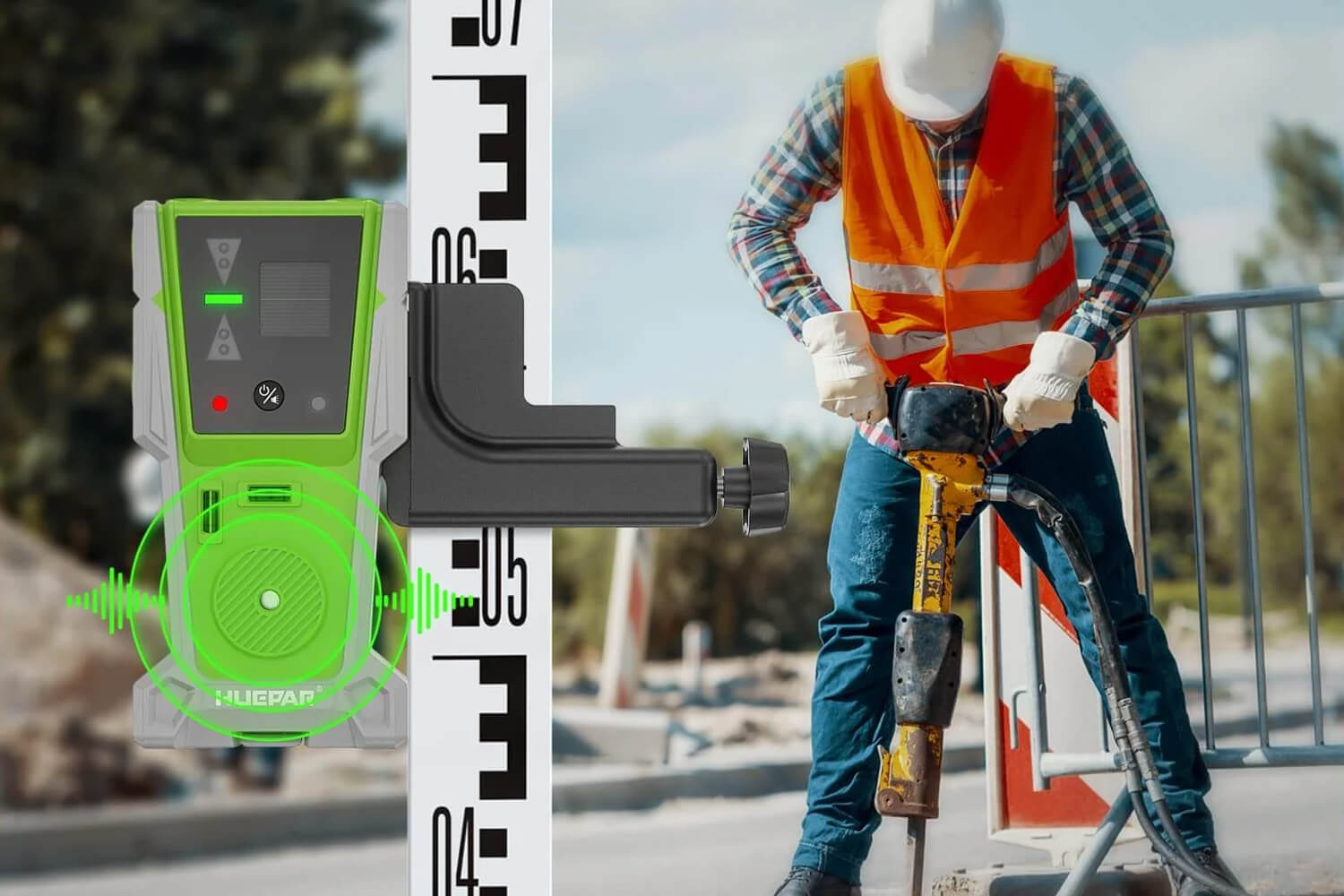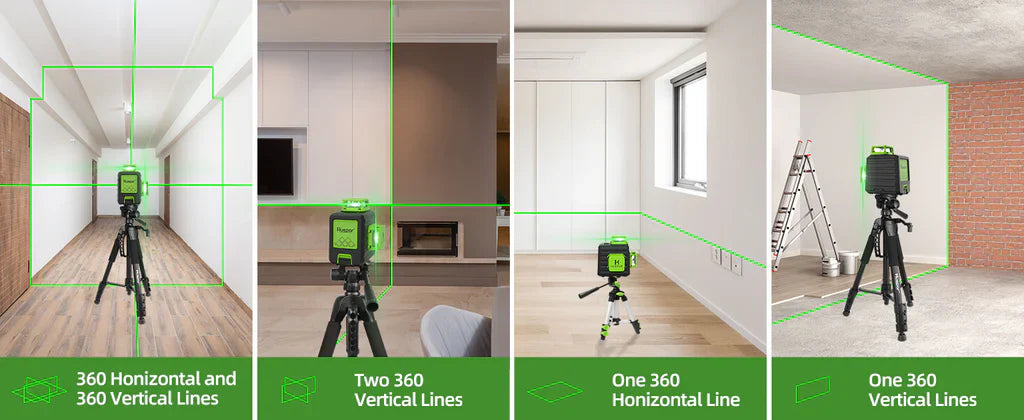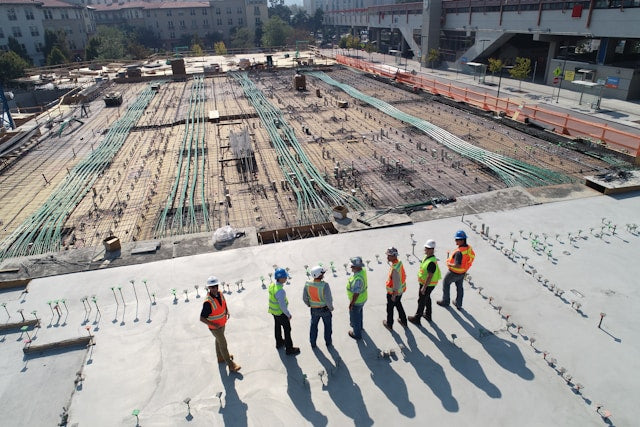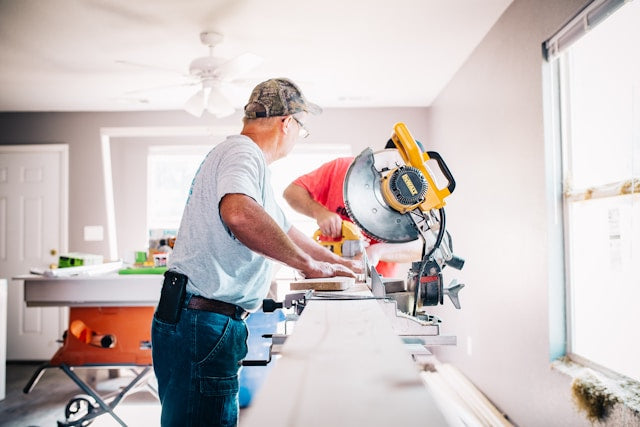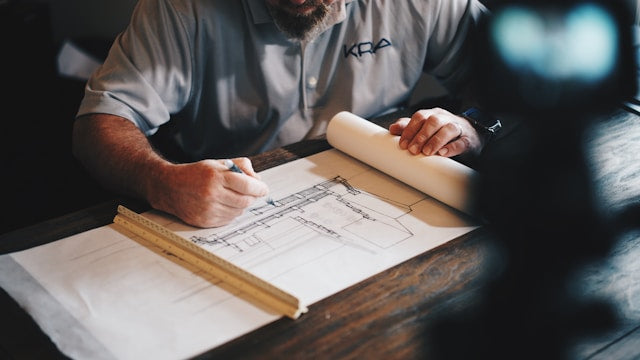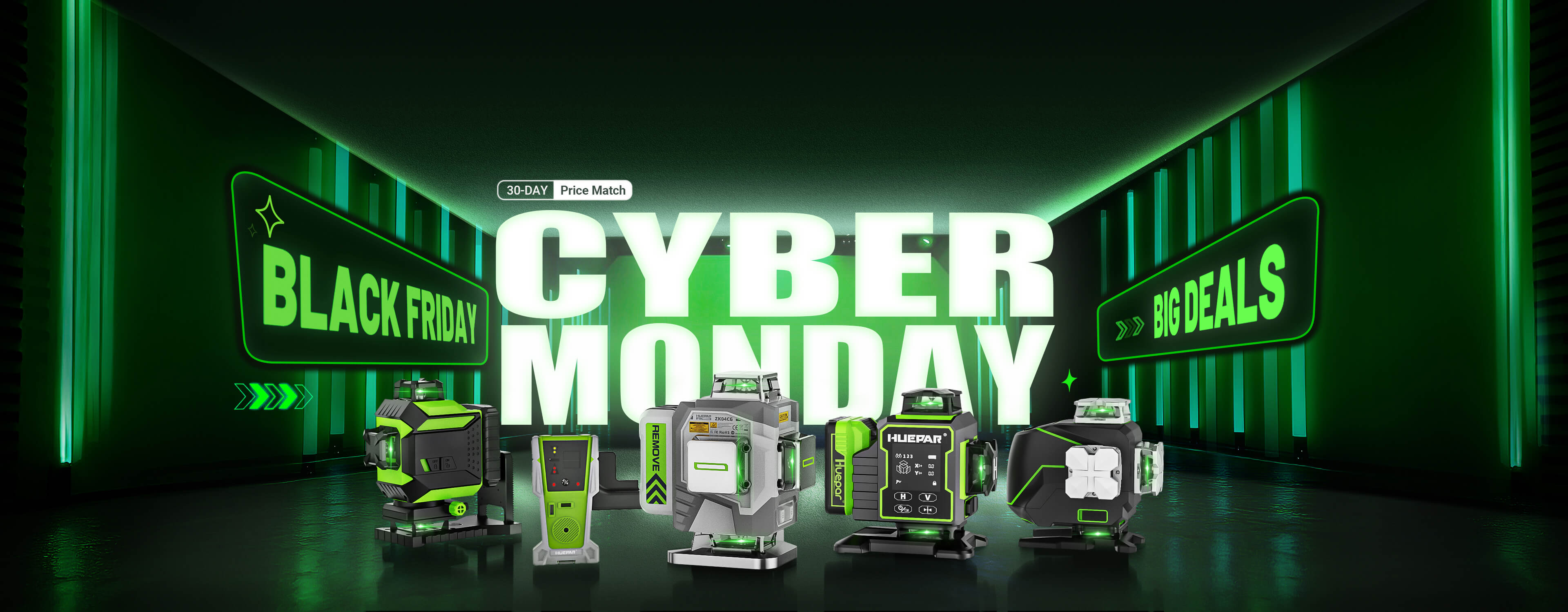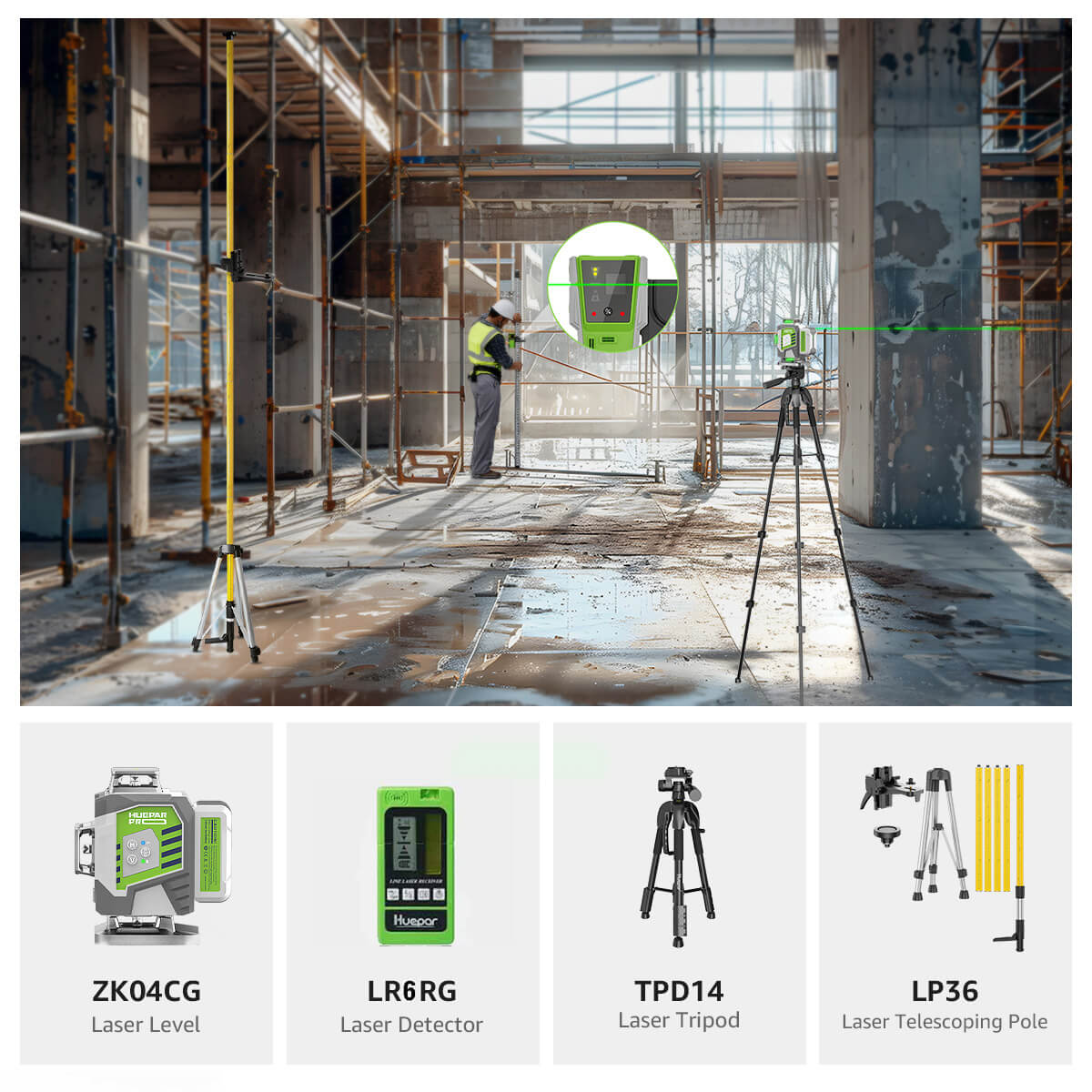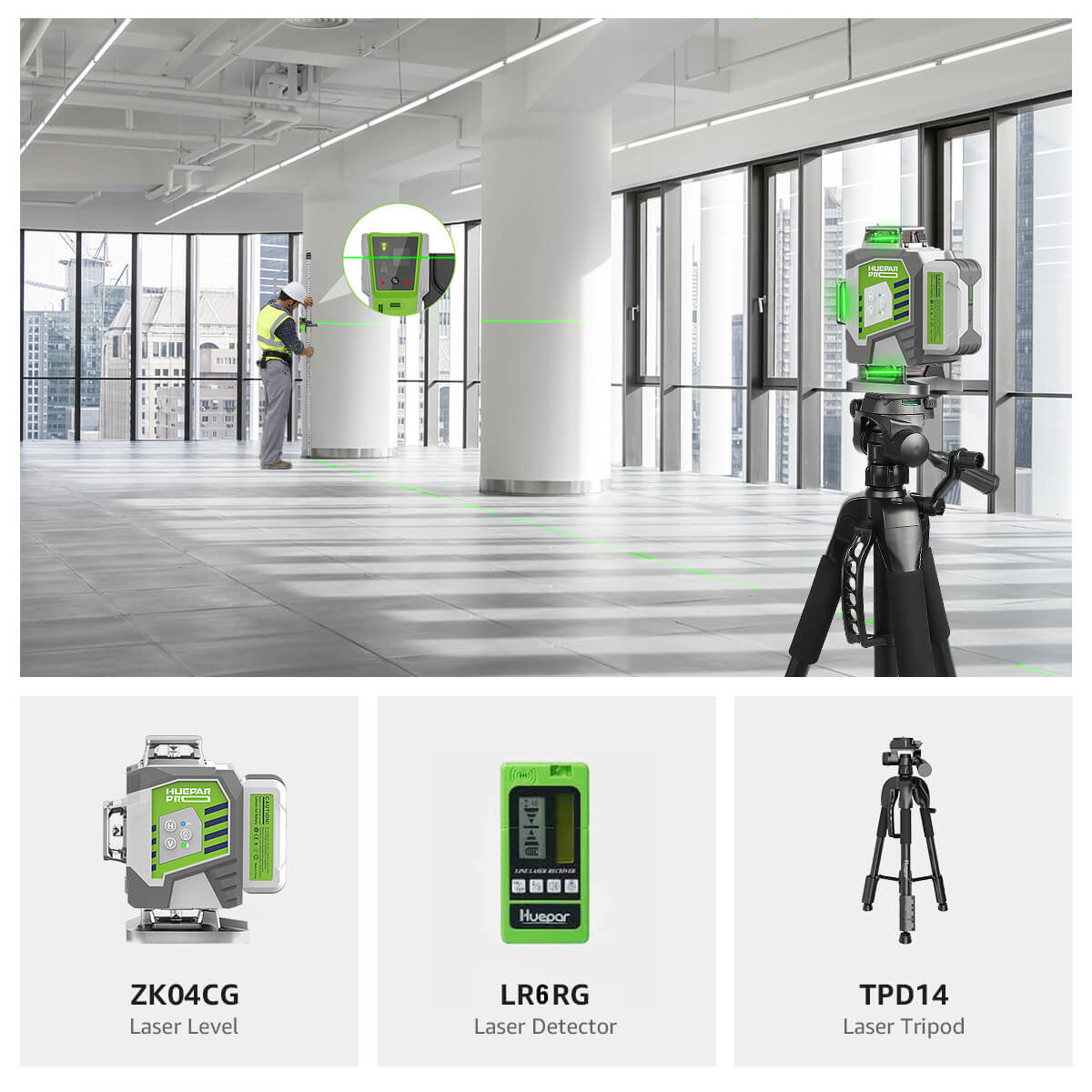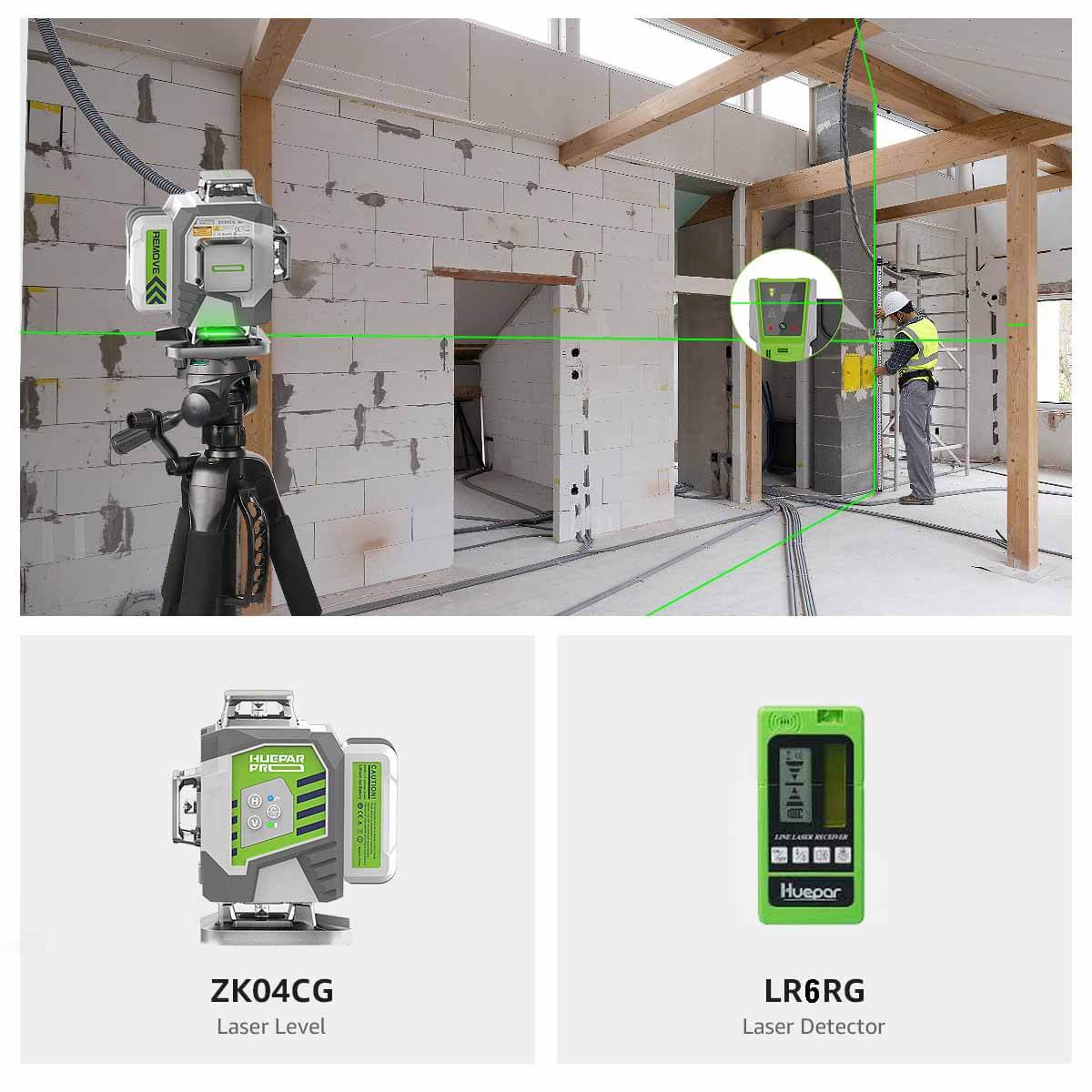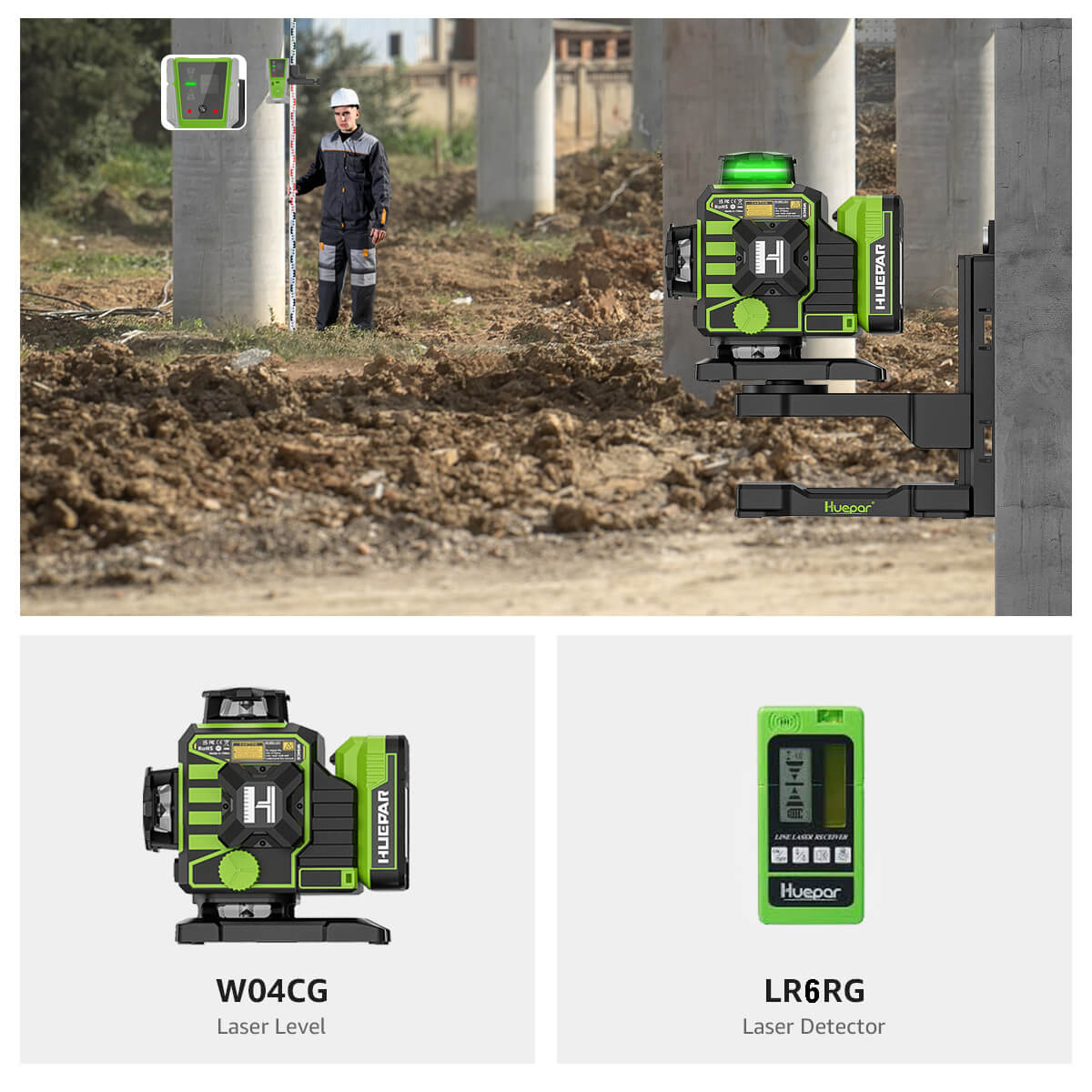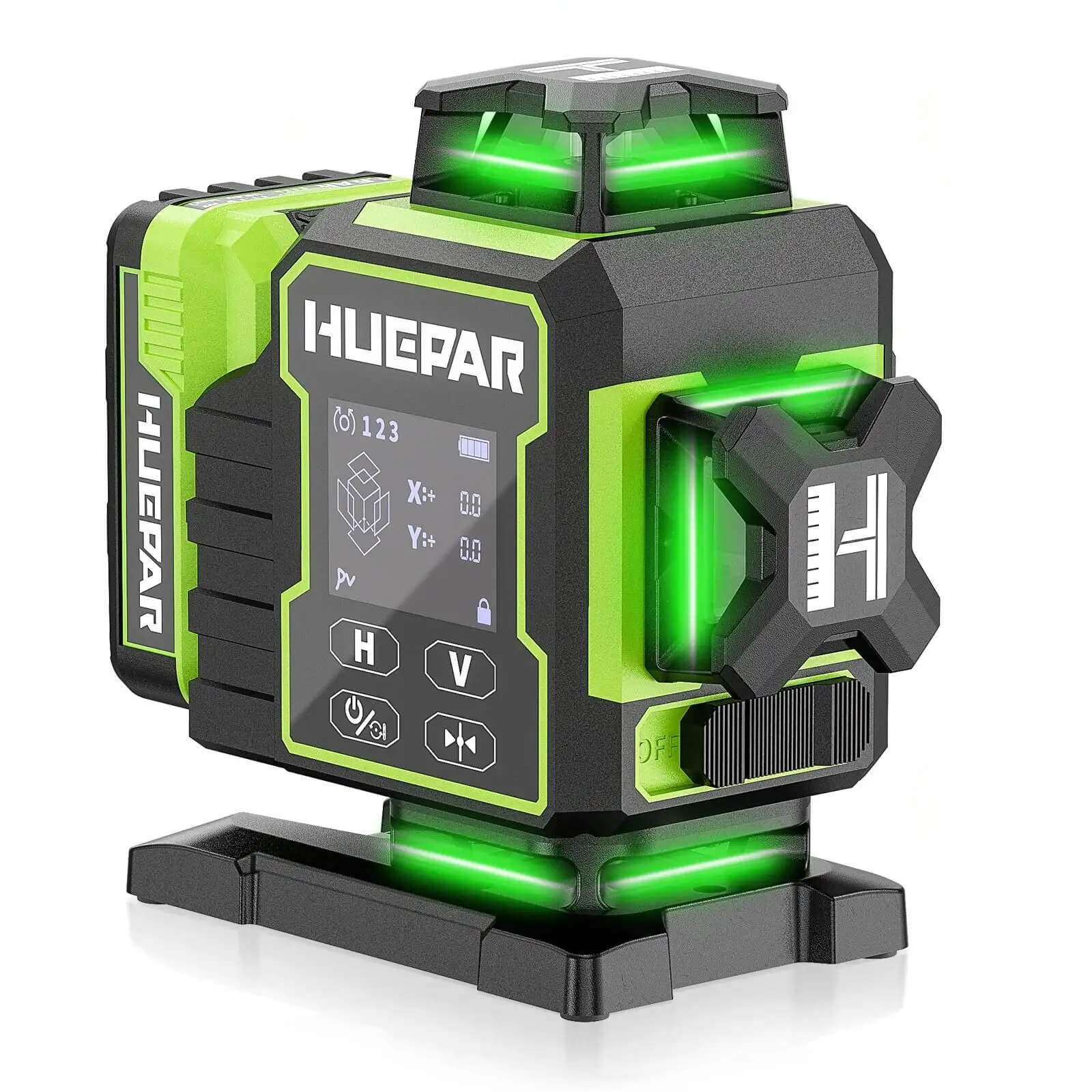
How to Use a Laser Level Outdoors?
Benefits of Using Laser Levels Outdoors
Laser levels have become very helpful for both DIYers and professionals in working with projects outdoors. Their uses span much further than indoors and offer quite a few great benefits when used in open space. One of the most significant advantages of laser level usage outdoors is their ability to give accurate measurements over large distances. Unlike traditional methods of leveling, a laser level is able to project a perfectly level line or plane across large areas, making it highly accurate for landscaping, fencing, and construction.

Besides, laser levels raise efficiency and productivity several folds while working outdoors. Laser levels save time since these tools eliminate the tedious work of manual leveling techniques and offer faster setup and execution. Whether you lay the foundation, install a deck, or grade your lawn, laser levels make the task smooth and quick, which saves a lot of time and energy.
The outdoor applications of laser levels are numerous, making them a worthwhile investment for anyone undertaking exterior home improvement or construction projects. From establishing level reference lines for retaining walls to ensuring proper drainage slopes for patios and walkways, laser levels offer unparalleled accuracy and convenience in outdoor settings.
How to Choose the Right Laser Level for Outdoor Use?
For precise and reliable measurements of laser level use outdoors, selection of an appropriate tool will be done. Outdoor exposures involve great challenges such as bright sunlight, dusty conditions, or even potential moisture exposure that would affect common indoor laser levels.
When projects must be done outdoors, it is highly recommended to use only laser levels designed for such. Look for those models with a high IP rating, at least IP54, which means dust and water ingress is resisted. Most of these laser levels are robustly constructed to overcome all weathers and guarantee dependable operation even in harsher conditions outdoors.
Another important factor is the visibility of the laser beam. Most outdoor sites have bright sunlight, which can make the laser beam hard to see. To get around this problem, look for laser levels that are high-visibility green laser beams in the 510-530nm wavelength range. This green beam is more easily perceived by the human eye, even in direct sunlight, so you will have no problem seeing the laser line for your measurement.
Additionally, pay attention to the range and accuracy specifications of the laser level. Outdoor projects often involve longer distances, so you'll want a laser level with a sufficient operating range to cover your project area. Look for models with a range of at least 100 feet (30 meters) or more, depending on your specific needs. Accuracy is also crucial, as even minor deviations can compound over longer distances. Aim for laser levels with an accuracy rating of 1/4 inch at 100 feet (6mm at 30m) or better.
With careful selection of an outdoor-rated laser level, a high IP rating, a visible green laser beam, and appropriate range and accuracy specifications, you will be confident to go ahead with many projects outdoors with great precision.

Proper Calibration Techniques
Calibrating your laser level is crucial for achieving accurate and reliable measurements, especially in outdoor settings. Even a slight misalignment can lead to significant errors, compromising the integrity of your project. Proper calibration ensures that the laser beam is perfectly level and aligned, allowing you to work with confidence.
The calibration process may vary slightly depending on the specific model of your laser level, but generally involves the following steps:
-
Set Up on a Stable Surface: Place your laser level on a flat, sturdy surface or tripod, ensuring it is level and secure.
-
Follow the Manufacturer's Instructions: Consult the user manual for your laser level's specific calibration procedure. Manufacturers often provide detailed instructions to guide you through the process.
-
Adjust the Laser Beam: Most laser levels have built-in calibration mechanisms that allow you to fine-tune the laser beam's alignment. Follow the instructions carefully, making small adjustments until the beam is perfectly level.
-
Use a Target Plate or Magnetic Holder: To facilitate the calibration process, consider using a target plate or magnetic holder. These accessories provide a clear reference point, making it easier to align the laser beam accurately.
-
Test and Verify: After calibrating, test the laser level by taking measurements at various distances and angles. Verify that the readings are consistent and accurate before proceeding with your outdoor project.
Remember, this is an important process to be undertaken periodically, particularly if the laser level has been subject to a lot of bumping or changes in extreme temperatures. If proper calibration is not carried out, it can result in expensive errors and reworks; thus, one needs to be sure the laser level is on its best functionality.
Ideal Weather Conditions for Outdoor Laser Level Use
Projects dealing with outdoor laser levels are best done during clear, sunny days with very minimal wind. Strong gusts can throw off the alignment and interfere with the path the laser beam travels. Prioritize calm conditions for the best accuracy.
While sunny weather is ideal, strong midday sunlight could reduce the visibility of the laser. For this reason, it is better to take your laser level outside at early morning or late afternoon when the sun is somewhat lower in the sky. This will prevent glare and guarantee that the laser stays well in sight.
If the sun is too strong, use tinted glasses or laser work goggles. These kinds of glasses can enhance vision to easily trace the laser dot from a distance. So, you will be well-prepared to take full advantage of ideal weather in executing a laser level outside the house.
Setting Up and Securing Your Laser Level
Setting up and tightening a laser level is essentially what will ensure that outdoor measurements are as accurate as possible. Place your laser level on a flat and level surface to create the foundation for which it sits upon. If the laser is to be used at an elevated height on uneven terrain, then a strong tripod with adjustable legs will work nice.
For projects involving metal surfaces, such as fencing or structural work, magnetic brackets may prove to be of importance. These brackets allow you to mount the laser level securely to the metal surface directly and keep it there without using some other tripod or stand.
It's also very important to consider how wind and other elements might affect the position of your laser level. A slight movement or vibration can cause your measurements to be wrong, which could mean inaccuracies and rework. Whenever possible, take steps to protect against the wind by setting up in a location that provides some protection from the elements or using weights or anchors to secure your laser level in a fixed position.
Using Laser Detectors for Enhanced Visibility
Laser detectors are quite indispensable in using laser levels for long-distance outdoor projects. These devices are designed to detect the laser beam emitted by the level to mark the desired reference line more easily over an extended distance.

Most laser detectors work by producing an audible beep or a visual signal, like a flashing light, upon detection of the laser beam. This feature is very useful outdoors, where the laser beam may not be visible to the naked eye due to bright sunlight or other obstructions.
By using a laser detector, you can significantly improve the accuracy and visibility of your laser level's readings. The detector allows you to precisely locate the laser beam's position, even at great distances or in challenging lighting conditions. This ensures that your measurements and markings are precise, which is crucial for successful outdoor projects like landscaping, fencing, or construction.
Moreover, laser detectors often come with built-in displays or indicators that provide additional information, such as the strength of the laser signal or the distance from the detector to the laser source. This extra data can further enhance the precision and efficiency of your outdoor laser level work.
Verifying Measurements in Outdoor Environments
Laser levels operating outdoors may offer their special problems, as it may be necessary to cross-check measurements to provide a proper and accurate result. Even when calibrated and set right, various variables can often come into play, like wind, temperature, and unevenness in terrain, that may just alter the precision of your readings.
Smoothing out these unexpected variables is one of the prime reasons for measurement verification. For example, wind can cause slight movements or oscillations that might affect alignment of the laser beam to produce incorrect results. Temperature changes could affect the laser level's interior components and result in minor discrepancies in the measurements.
In addition, the surface outdoors is normally uneven or sloped, further complicating the process of obtaining accurate readings. You will be able to find these discrepancies caused by these environmental factors by double-checking your measurements so that your project stays on course and within acceptable tolerances.
It is good practice to take repeated readings from various angles and positions. This helps to check on inconsistencies and to cross-reference for more accuracy. If significant discrepancies are detected, then you may want to check for the re-calibration of the laser level or reposition it for those specific outdoor conditions.
Ensuring accurate and reliable measurements is crucial for the success of any outdoor project, whether it's landscaping, construction, or home improvement. By taking the time to double-check your readings and account for unexpected variables, you can have confidence in the precision of your measurements and avoid costly mistakes or rework down the line.
